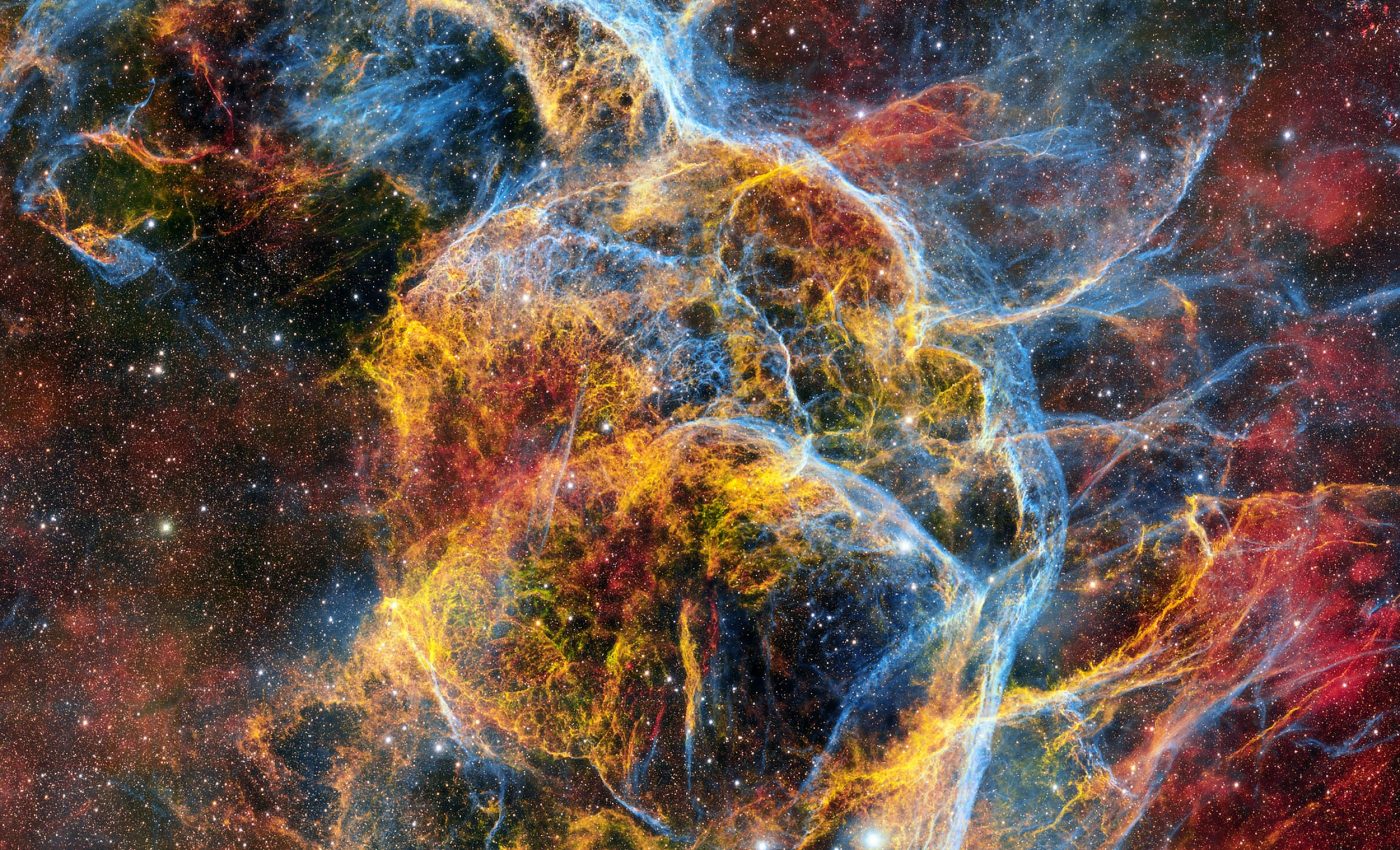
Supernovae explosions seem to have altered Earth's climate in the past, and could do so again at any time
Earth’s climate history may need to include a chapter addressing the ramifications of distant supernovae explosions. New research suggests that great bursts of radiation from nearby stellar death events could have nudged Earth into sudden atmospheric shifts, sparking cool spells, wildfires, and even selective extinctions.
The study was conducted by Robert Brakenridge, a senior research associate at the University of Colorado Boulder’s Institute of Arctic and Alpine Research (INSTAAR).
Drawing on fresh telescope data and centuries-long natural archives, Brakenridge links at least eleven ancient supernovae to sharp swings recorded in tree rings and other geological markers on Earth.
Understanding supernovae – the basics
A supernova marks the explosive death of a star, releasing an extraordinary burst of light and energy into the cosmos.
This phenomenon occurs when a massive star exhausts its nuclear fuel and its core collapses under its own gravity.
In moments, the star’s outer layers are blasted into space, outshining entire galaxies for weeks or even months.
Supernovae play a critical role in the universe’s evolution. These explosions forge and disperse heavy elements like iron, gold, and uranium, seeding future stars, planets, and even life.
In fact, many of the elements in your body were born in a supernova.
Supernovae and Earth’s climate
If a supernova explosion were to happen within roughly 150 light-years, Earth’s upper atmosphere may bear the brunt.
Brakenridge’s updated model shows that an intense pulse of radiation would erode stratospheric ozone while simultaneously shredding methane, a potent greenhouse gas.
The combined hit would allow more ultraviolet sunlight to reach the surface and cool the planet by dialing down the greenhouse effect.
Running the numbers with telescope measurements of recent stellar blasts, Brakenridge found that even a brief exposure – perhaps lasting a few years – could thin the ozone layer by double-digit percentages.
Methane levels aloft would also tumble, dragging surface temperatures lower.
Cascading impacts might include a spike in fire-prone lightning, stress on sun-sensitive species, and a chain of regional climate anomalies rippling outward for centuries.
Cosmic ray fingerprints in tree trunks
Direct testing in the sky must wait for the next nearby supernova, so Brakenridge scoured earthly archives instead.
Trees lock atmospheric carbon into their rings, recording the pulse of radioactive carbon-14 created when cosmic rays strike nitrogen. His survey of 15,000 years of tree-ring data reveals eleven pronounced carbon-14 spikes.
“The events that we know of, here on Earth, are at the right time and the right intensity,” Brakenridge said. Each spike aligns in timing and magnitude with a known stellar explosion cataloged by astronomers.
“We have abrupt environmental changes in Earth’s history. That’s solid; we see these changes,” Brakenridge said. “So, what caused them?”
Scientists first aired the supernova-climate idea in the 1980s. However, it lingered in theory until modern instruments began capturing the full spectra of nearby blasts.
By merging those space-based observations with tree rings, ice cores, and marine sediments, the new paper pushes the concept toward an empirical footing that scientists can assess across disciplines.
Supernovae and Earth’s climate future
“When nearby supernovae occur in the future, the radiation could have a pretty dramatic effect on human society,” Brakenridge said. “We have to find out if indeed they caused environmental changes in the past.”
One obvious candidate is Betelgeuse, the red supergiant that glows on Orion’s shoulder and is expected to explode sometime in the next 100,000 years – possibly tomorrow.
Astronomers debate its exact distance, but its eventual demise will offer a real-time laboratory for the atmospheric effects Brakenridge models.
“As we learn more about our nearby neighboring stars, the capability for prediction is actually there,” Brakenridge said. “It will take more modeling and observation from astrophysicists to fully understand Earth’s exposure to such events.”
That predictive power could feed into climate planning. By identifying nearby stars and their explosion rates, researchers may build a timetable of possible atmospheric jolts.
The outlook is probabilistic, not fatalistic. Most supernovae occur far away from Earth, and even a nearby one wouldn’t wipe out life.
Knowing the odds could help societies prepare for UV spikes or sudden cooling decades before they occur.
Earth’s climate faces multiple threats
Brakenridge’s synthesis adds a galactic layer to the jigsaw of forces shaping Earth’s climate. Volcanic eruptions, orbital cycles, and greenhouse emissions remain dominant drivers, yet supernovae might act as rare but potent wildcards.
If his links between stellar death throes and Earth’s sudden climate shifts withstand further scrutiny, the planet’s environmental story could expand beyond its atmosphere. It would extend to the luminous cataclysms of the Milky Way.
That wider view does more than satisfy curiosity. It reminds us that the planet’s thin shell of air is vulnerable to events both underfoot and far above.
It also shows that the universe can leave fingerprints in the most familiar places. These include a slim tree ring, a patch of ancient soot, or a whisper of extra carbon-14 inside an icy core.
According to Brakenridge, each of those clues might point back to a night sky once brightened by a dying star – and forward to the next.
The study is published in the journal Monthly Notices of the Royal Astronomical Society.
—–
Like what you read? Subscribe to our newsletter for engaging articles, exclusive content, and the latest updates.
Check us out on EarthSnap, a free app brought to you by Eric Ralls and Earth.com.
—–













